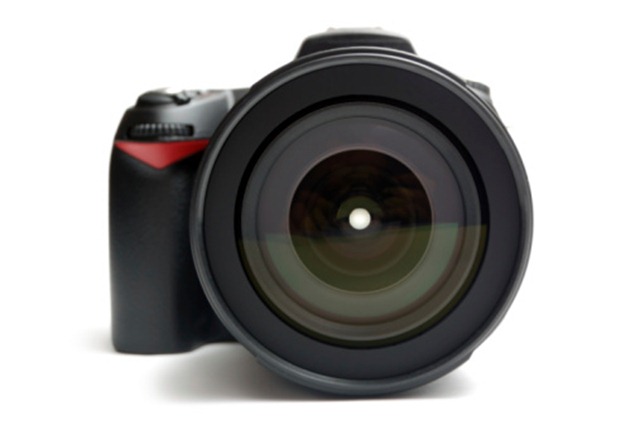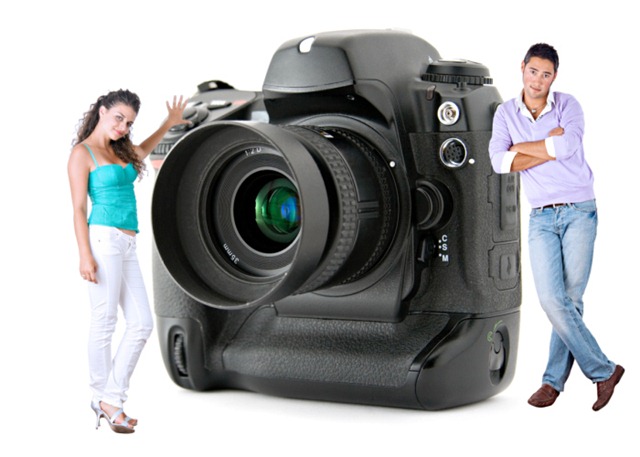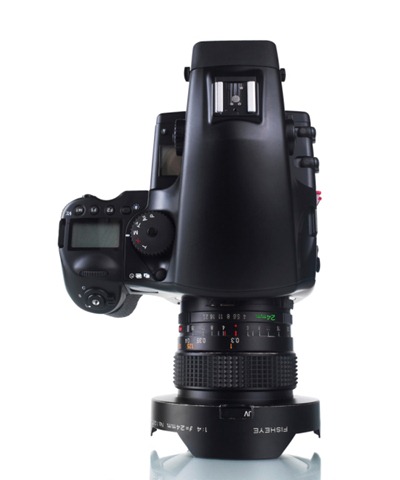I don’t often go on a rant but this is my Molly Wood! A recent amazing display of lack of understanding for technical matters related to photography by a company whose business predicates on the medium brought me to the point of writing this article.
At some point, much to manufacturers delight, we have all been on the megapixel roller coaster. Why the “roller coaster” you ask? I use this term not because I’m being overly dramatic, but because it really is one. We’ve all been conditioned that the more megapixels, the better the image will be – that is the upside. Then we find out that this is not actually the case and that is the downside! This is one ride, thankfully, that I’m no longer on!
Recently a San Francisco based company that connects travelers with accommodations in local homes approached me because they were looking for interior/architecture photographers all over the Caribbean (Yes, that company). As part of their service, they offer professional photography for the homes listed on their site.
I’ll go through the requirements below briefly so you can see they were quite logical until they got to the megapixel issue. As they indicated, the selection of photographers is conducted by our global photography team based in their headquarters in San Francisco, USA. Their decision is based on the following criteria:
The photographer is located in a city where we have demand for photos: it doesn’t make sense to ask our photographers to spend hours commuting for a job that should take around 30-45 minutes. We select photographers located close to an area where we foresee enough demand for photos.
CHECK
The photographer can communicate in English: It doesn’t need to be a perfect English, but it must be good enough to allow a smooth communication between our photographers and our photography team based in the US.
CHECK
The photographer has a proven portfolio: It’s great if you already have experience with real estate or architectural photography, but this is not a requirement. We have had great experiences with talented photographers that are specialized in other kind of jobs such as weddings and products.
CHECK
The photographer has a professional-grade camera: You will be needing a 12.1MP DSLR camera (or higher) and a wide angle lens and a flash, depending on the location.
Uh oh, herein lies the problem, apparently they are still on the roller coaster!
The email exchange that ensued was as follows:
Reply from me:
Hi, I am interested but I currently shoot with a 10.1 MP Nikon D200, however I shouldn’t see this as a problem as I currently make fine art prints up to 20×30 inches with my files. By the way, I only shoot in RAW.
Let me know if I should proceed, thanks.
Reply from the San Francisco based company:
Hi Jeremy,
Unfortunately, we require all our photographers to use a 12.1 MP dSLR camera. This is for archiving reasons.
Thanks!
I did some research and found that the largest image shown on their site was 629-by-426 pixels and upon further research I found that my camera, a Nikon D200, which I’m extremely happy with and not yet ready to upgrade, captures images that are 3872-by-2592 pixels. Taking this information into account, I decided to look at displays and found that the Apple’s 27†Thunderbolt display’s resolution is 2560-by-1440 and even the huge 30-inch Apple Cinema HD Display delivers a 2560 x 1600 pixel resolution. Given that the image from my camera exceeds the resolution of today’s largest computer monitors, I was at a loss as to their reasoning.
I know all those figures are tough to get a handle on, so let me make a nice infographic for you. I have adjusted the graphic below so that relative sizes are constant. In the image below, the RED image is what originates from the camera, the YELLOW is the maximum the 30-inch Apple Cinema HD Display can show, the GREEN is the maximum an Apple’s 27†Thunderbolt display can show, and the BLACK is the size of the image that they actually use on their site:
My interest was certainly not the compensation offered, which they also outlined in their criteria:
We pay a standard fee per session. Each photo shoot pays $45 USD plus up to $10 USD for travel expenses ($.50 per mile traveled). This service is paid directly by ****** within 7 business days of the date you’ve uploaded the pictures into our system. The whole payment process is held online. You just have to register your bank account in our system and we will make a deposit directly into your account.
I was interested moreso in doing the architectural shoots purely for the purpose of stretching my legs and shooting something that I’ve shot before, but don’t normally shoot — every photographer wants to get out of the box sometimes.
Now don’t get me wrong, the company in question is within their rights to set guidelines as they see fit, but rules with no reasoning never sit well with me. This just sounds like another Netflix/Qwikster melee. The company has made arbitrary decisions without a full understanding of the forum they ventured into. As photographers, we know that computer monitors display 72dpi and knowing this would mean that an image that is 3872-by-2592 pixels would need a monitor that is approximately 53-by-36 inches to be displayed in its entirety. The company in question has committed a cardinal sin akin to someone remarking “you must have a nice camera to get images like that.â€
This begs the question, what exactly are their archiving criteria? While I can appreciate wanting larger files because I shoot RAW and keep all my RAW files, images shot with just about any modern dSLR can be blown up to fit on a billboard. I cannot comprehend their rationale, but I can offer them this advice:
- A bad photograph is a bad photograph, regardless of the number of megapixels.
- Unless you are planning to make huge billboard images, 5 megapixels are more than enough.
What are some of the experiences you’ve had with people not fully understanding technology and photography? Share your experiences with us in the comment section below.






